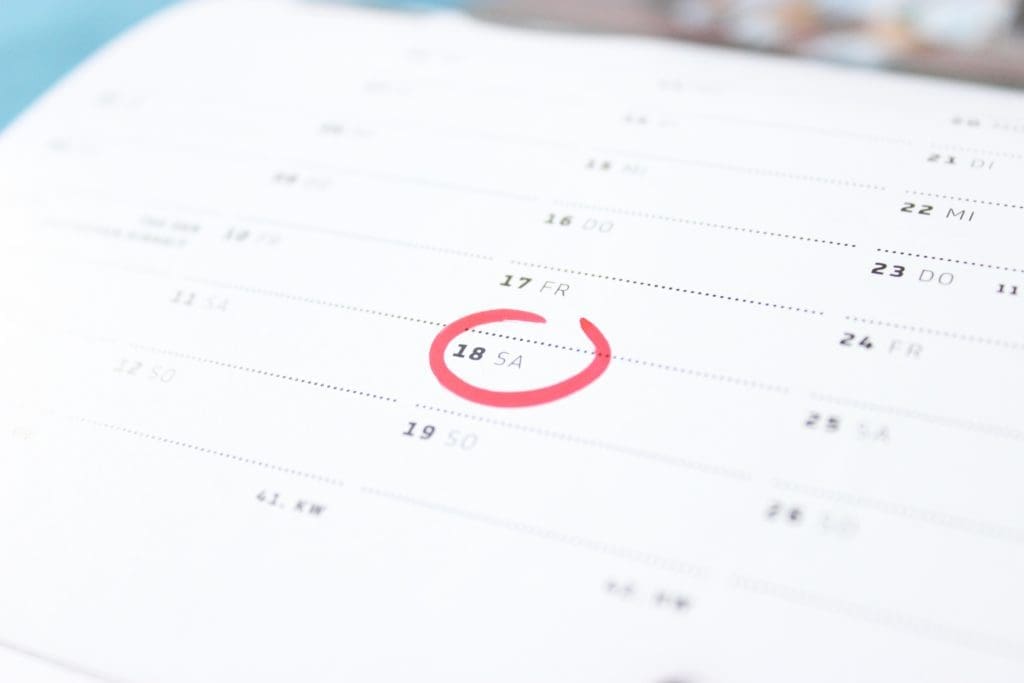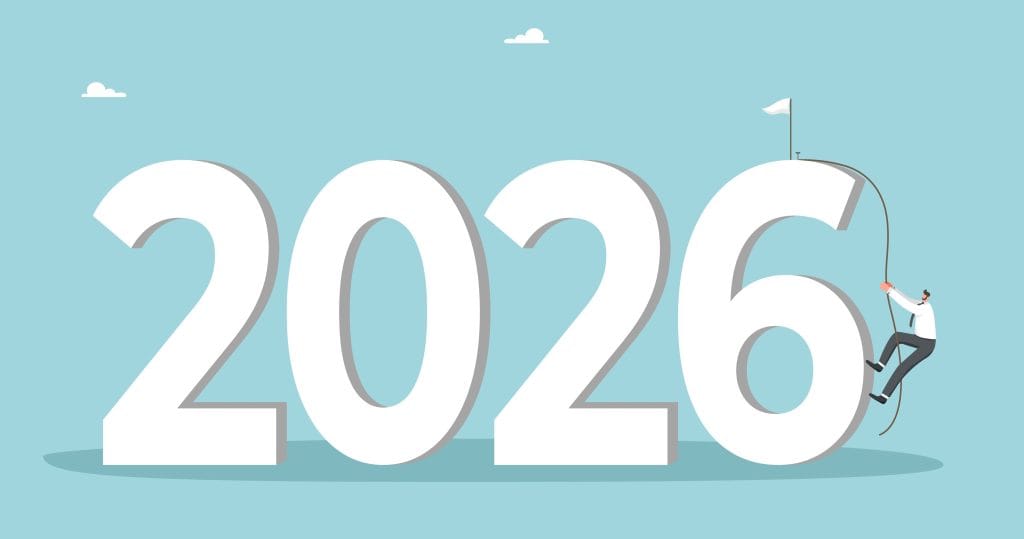Last updated on November 28th, 2025 at 07:05 pm
Last updated on November 19th, 2025 at 06:50 pm
 I hope you enjoyed last week’s blog post that included points 1-5 of my office’s Scheduling Policies. If you didn’t catch it, click here. This week, we will carry on with Scheduling Policy points #6 – 8.
I hope you enjoyed last week’s blog post that included points 1-5 of my office’s Scheduling Policies. If you didn’t catch it, click here. This week, we will carry on with Scheduling Policy points #6 – 8.
SCHEDULING POLICY #6: Today is the most important day in the appointment book. Tomorrow is the next most important day.
If today has a couple of cancellations or no-shows, the last thing I want to hear is “But…tomorrow looks great!” An empty dental chair is like an airplane that flies with empty seats—that income, production and time is lost and can never be recovered.
The first advice I’d give to any Appointment Secretary is that when there is an opening in the schedule go to the next day at the same time and try to move that patient into the opening. Naturally, you would want to replace it with a procedure of similar value and time requirements.
The point is: focus entirely on today, then focus entirely on tomorrow. Having a great day scheduled next week doesn’t help today or tomorrow’s production. Pull that production forward, and you still have a whole week to make that day next week look great again.
Again, we have the whole schedule system and training for the team available on DDS Success! I’ve watched these training videos myself, and can say with certainty that they will make a big impact on your practice! You can schedule a free demo here.
 SCHEDULING POLICY #7: New patients are given the first available appointment with the doctor or hygienist (depending on your office policy) and are seen within 24 hours. New patients that “no-show” for that day are called by the doctor to make sure that they are OK and to find out what happened.
SCHEDULING POLICY #7: New patients are given the first available appointment with the doctor or hygienist (depending on your office policy) and are seen within 24 hours. New patients that “no-show” for that day are called by the doctor to make sure that they are OK and to find out what happened.
Let’s look at reality: most people don’t like going to the dentist. They will find just about any excuse to get out of it. So, when that new patient calls – get them in within two days at the latest. They’ve called on a “brave” day, so don’t let them think about it for a week or two. Their courage can be fragile, and time can enter in and steal it away from them.
The answer: reserve time in the hygiene and doctor’s schedule to accommodate new patients. I reserved one slot in the morning and one slot in the afternoon for each hygienist just for new patients. When they called in to “have my teeth cleaned,” they were immediately scheduled to come in as soon as we could get them in.
SCHEDULING POLICY #8: Emergency patients are seen the same day they call in and the doctor doesn’t spend more than five minutes with an emergency patient unless time allows for it in the schedule.
This one is tricky. An emergency patient can easily turn into a very productive treatment plan. But if you don’t handle an emergency patient correctly, he or she can throw the schedule way off, which in turn upsets other patients and staff. The office must be organized to process emergency patients quickly and efficiently.
What did I do? My policy was simple: THE DOCTOR WAS NOT ALLOWED TO SPEND MORE THAN FIVE MINUTES WITH AN EMERGENCY PATIENT. Something can usually be done to relieve their pain without starting a root canal or crown prep and getting an hour behind. Instead, get them an antibiotic (if needed) or smooth off a rough corner of a broken tooth, and then PRESENT, GET ACCEPTANCE ON AND SCHEDULE THEM FOR THE TREATMENT NEEDED TO FIX THE PROBLEM.
I had them pay at least a third in advance to “reserve their time in the schedule.” This helps to ensure that they return if the pain goes away. We don’t want them ignoring the problem that caused the pain in the first place!
So, there is a delicate balance between getting the patient out of pain and not running behind.
This series continues with “SCHEDULING POLICY #9: Have one assistant for each treatment room – for Part 3, click here!


